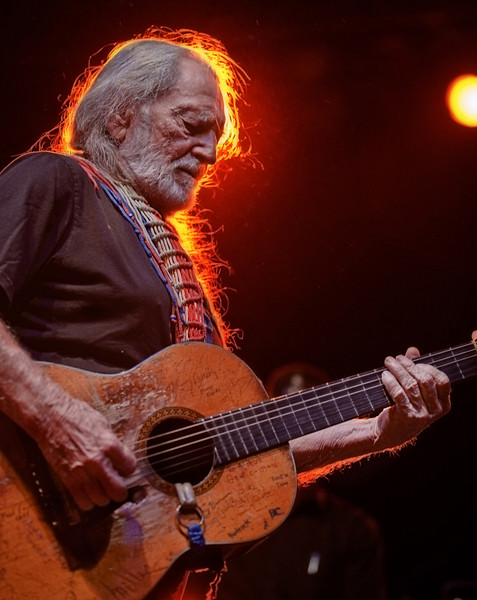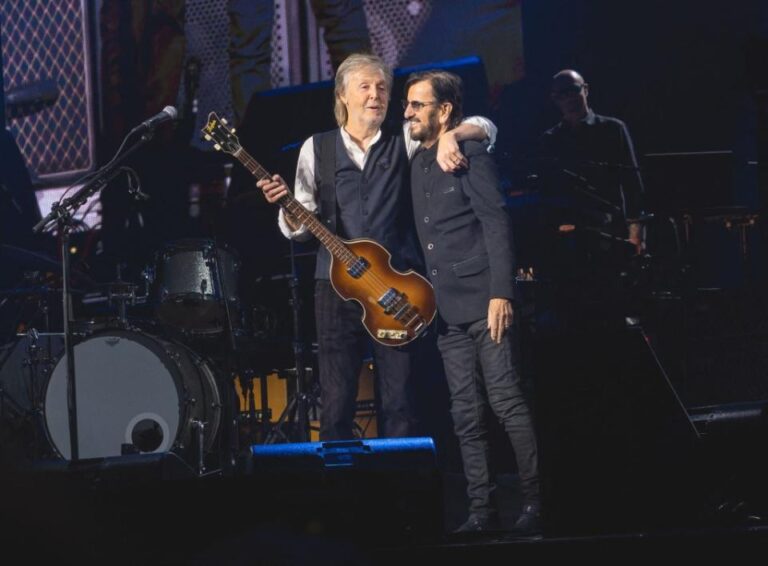Willie Nelson made his own house in Tennessee, and it sold for $2.14 million after being on the market for four months. He is now retired.
The house has three bedrooms and is in a lovely neighborhood.
In 1970, there was a fire at the house. It was brave of Willie to go into the fire in his shack to save his guitar named Trigger and a pound of marijuana.
Willie Nelson will be 90 years old in April, just three months after the sale. The country star, who was on Dolly Parton’s Christmas special not long ago, got the idea for his hit song “Shotgun Willie” from the fire at the house.
The famous singer Willie Nelson built his own three-bedroom country home in Tennessee. It is filled with beautiful nature. Nashville, a big city, is only 30 minutes away by car.
The Tennessee home of the 89-year-old musician has been sold for $2.14 million and can no longer be bought. In September 2022, Willie Nelson was seen in North Carolina.
The cozy house went on the market in October 2022 for $2.5 million and was finally bought for about $2.14 million.
Willie Nelson put together this lovely getaway by himself. People says that the country legend and the people who live there now are the only ones who have ever lived in the house.
Willie Nelson used to live in a house that is on 150 acres of land with trees, a barn, and a few ponds all around it.
There is a step that leads to a large wooden porch where you can sit and enjoy the view of nature. A red roof gives the house a unique look.
As you walk in, you’ll see a bright and comfortable living room linked to a kitchen. The walls are decorated with logs. A vaulted roof and exposed wooden beams make the residents feel warm and welcome.
The rock star in country music built the log house himself. It was for sale in October 2022 for $2.5 million. It’s no longer for sale.
There are cute touches inside the cabin that make it feel like a cozy country home. Wooden ceiling beams and a wooden floor make the room feel more like home.
There are warm and classic cabinets and storage in the kitchen that are made of wood. There are lots of windows that let in a lot of light. Over the kitchen table is a gold chandelier in a retro style. There are also two ceiling fans with wooden blades that go with the theme of the house.
Along with the smaller rug near the door, there is a big Persian red rug in the middle of the living room. For now, the loft area on the second floor is being used as a third bedroom. It can be reached by a ladder on the wall. There is one bathroom in the house.
The stone fireplace is the room’s main attraction; it makes you think of the 1970s. It’s an important part of the style of the cabin.
Bedroom Upstairs: There is a cozy bedroom called a loft upstairs in the house. A wooden ladder can help you get there.
There are three large bedrooms and one bathroom inside the house. It has a lot of space!
Touches of the Past: The house has cool touches from the past. There are parts made of wood and parts made of stone, like the fireplace in the living room. To me, it makes the place feel a little old world.
In the area around the house, there is a large plot of land with a wooden barn. In the distance, you can see rolling hills. There are trees for shade and grassy areas all around it.
View from Above: You can really see how much land there is when you look at the house from above. Away from the noise of the city, it’s a peaceful spot.
Story About the Fire: The house had a big fire in 1970. Willie Nelson went back into the burning house to save his guitar named Trigger and even a pound of marijuana.
It was so brave of him that people began calling him “Shotgun Willie.” After that, he wrote a well-known song and record with the same name.
Willie Nelson’s old house had a big fire in 1970. That event gave him the idea for his popular song “Shotgun Willie,” and he even named an album after it. This is a picture of him in 2019 in Texas.
Around the Cabin: There’s more to see outside the house. There are many trees and a wooden barn nearby. Far away, you can also see grassy areas and hills. It is a nice spot!
Big Land: Willie Nelson’s old house is on about 150 acres of land, which is a very large area. Plus it’s only a 30-minute drive from Nashville.
Good news for Willie: Willie is going to reach a big age—he’ll be 90 in April! Also, guess what? He is going to be in a movie!
The first screening of the cool five-part documentary “Willie Nelson And Family” will take place on January 20, 2023, at the Sundance Film Festival. This documentary was made by two great directors, Oren Moverman and Thom Zimny.
The documentary is about Willie’s life, from the good times to the bad times and everything in between. It goes into detail about his personal life and his work as a musician.



























